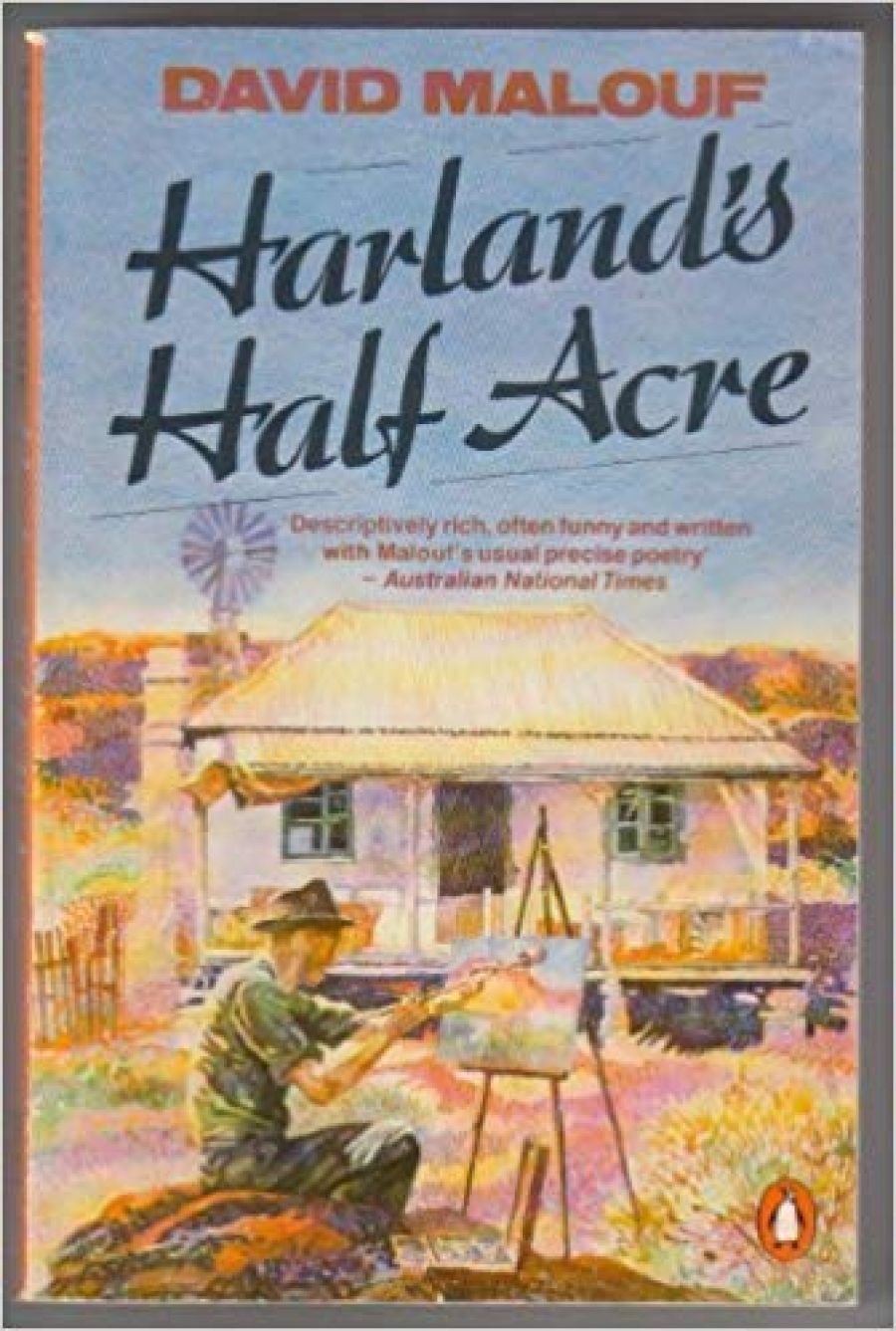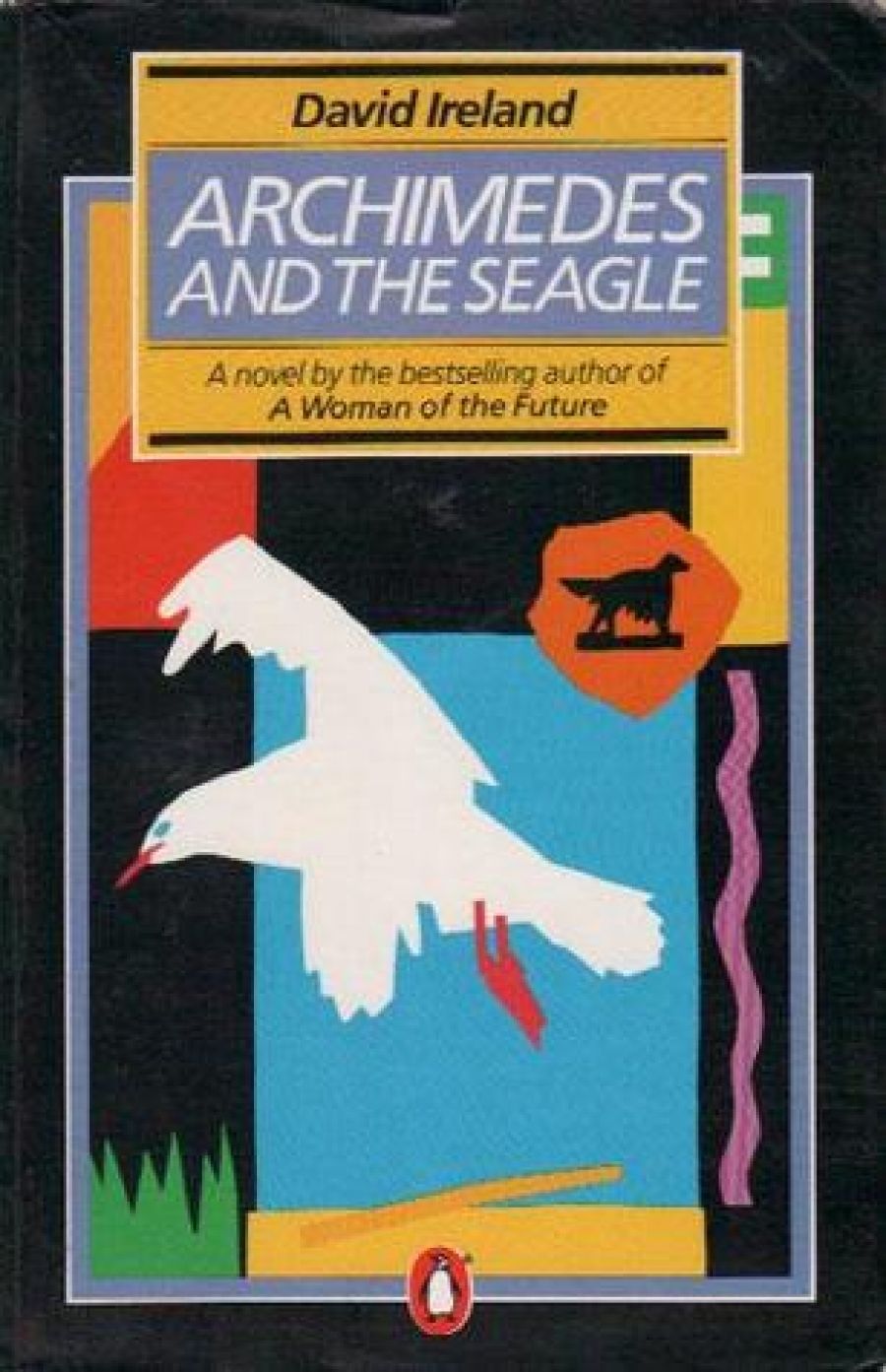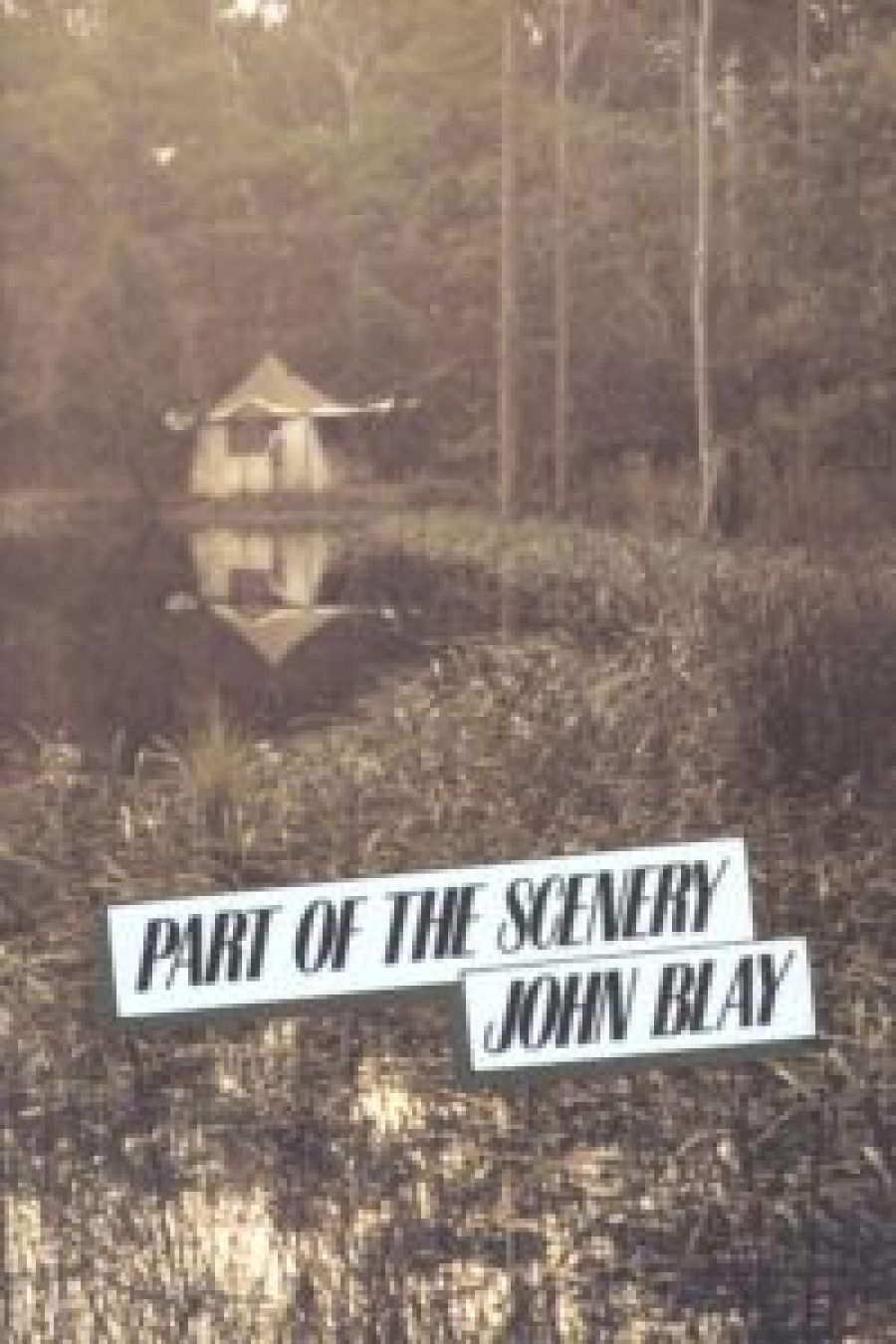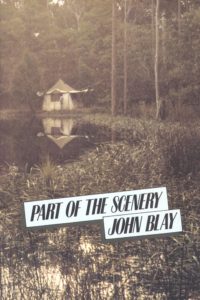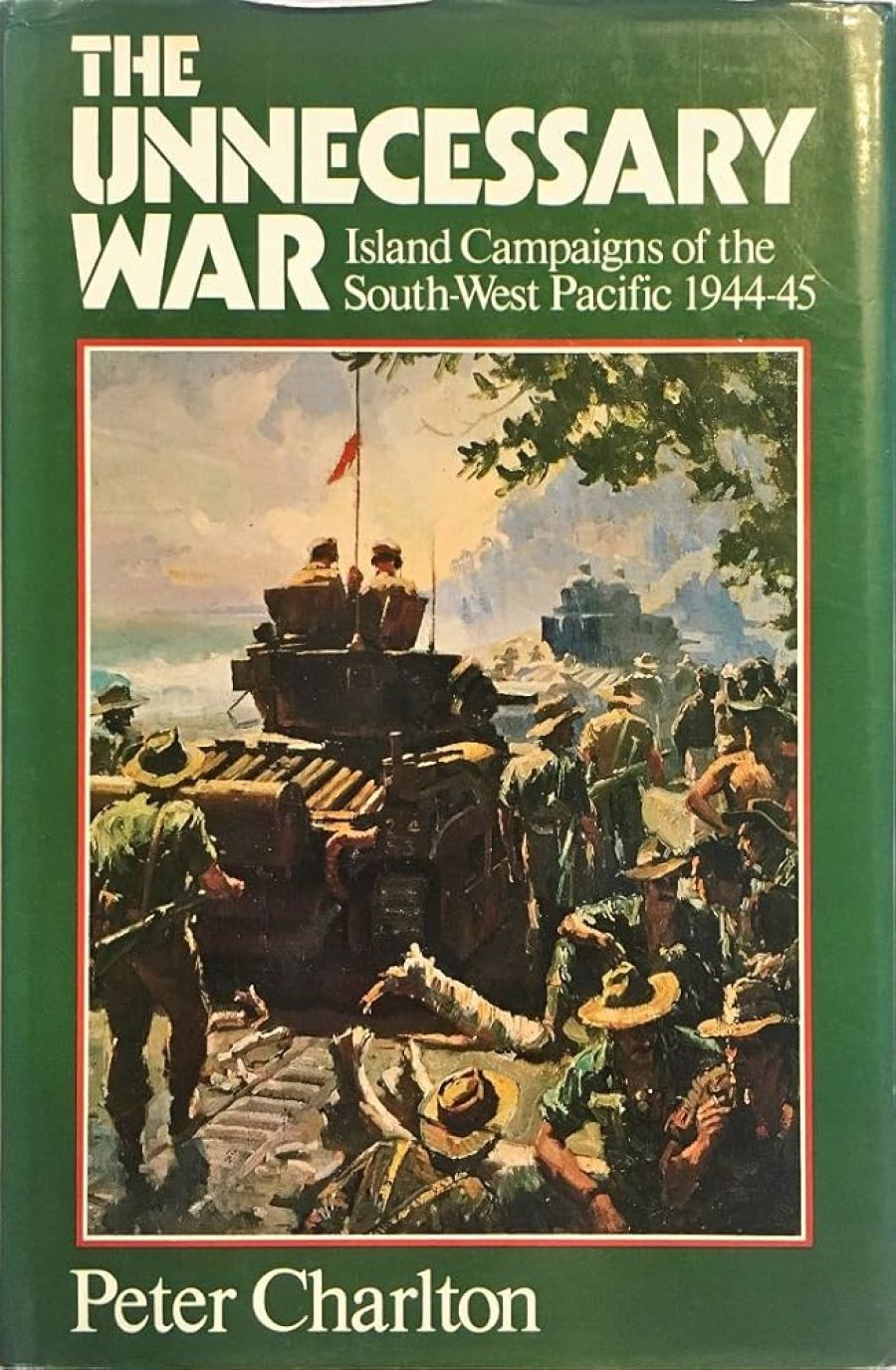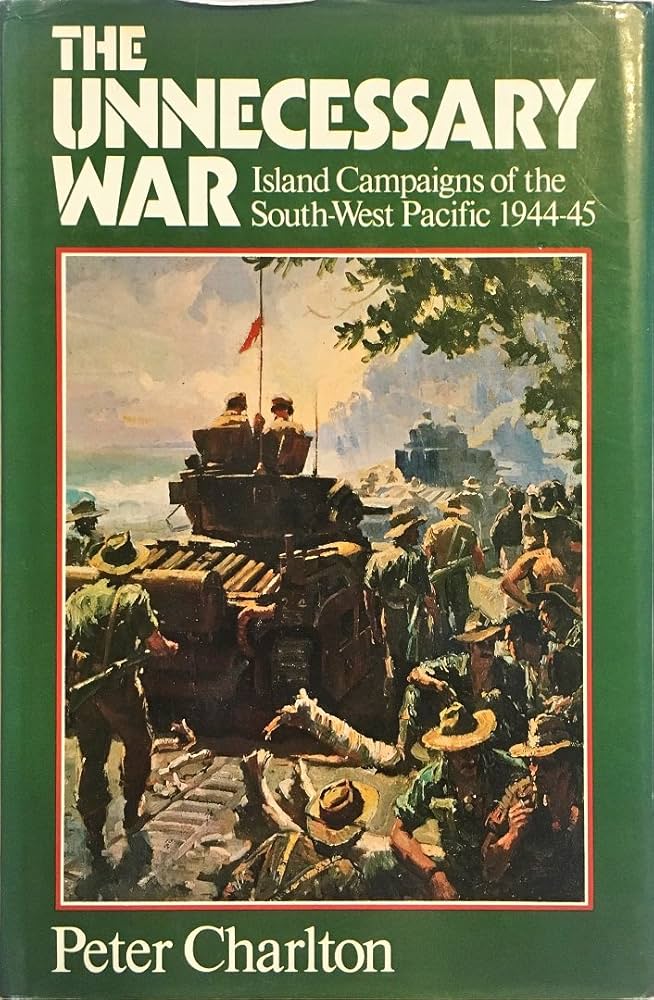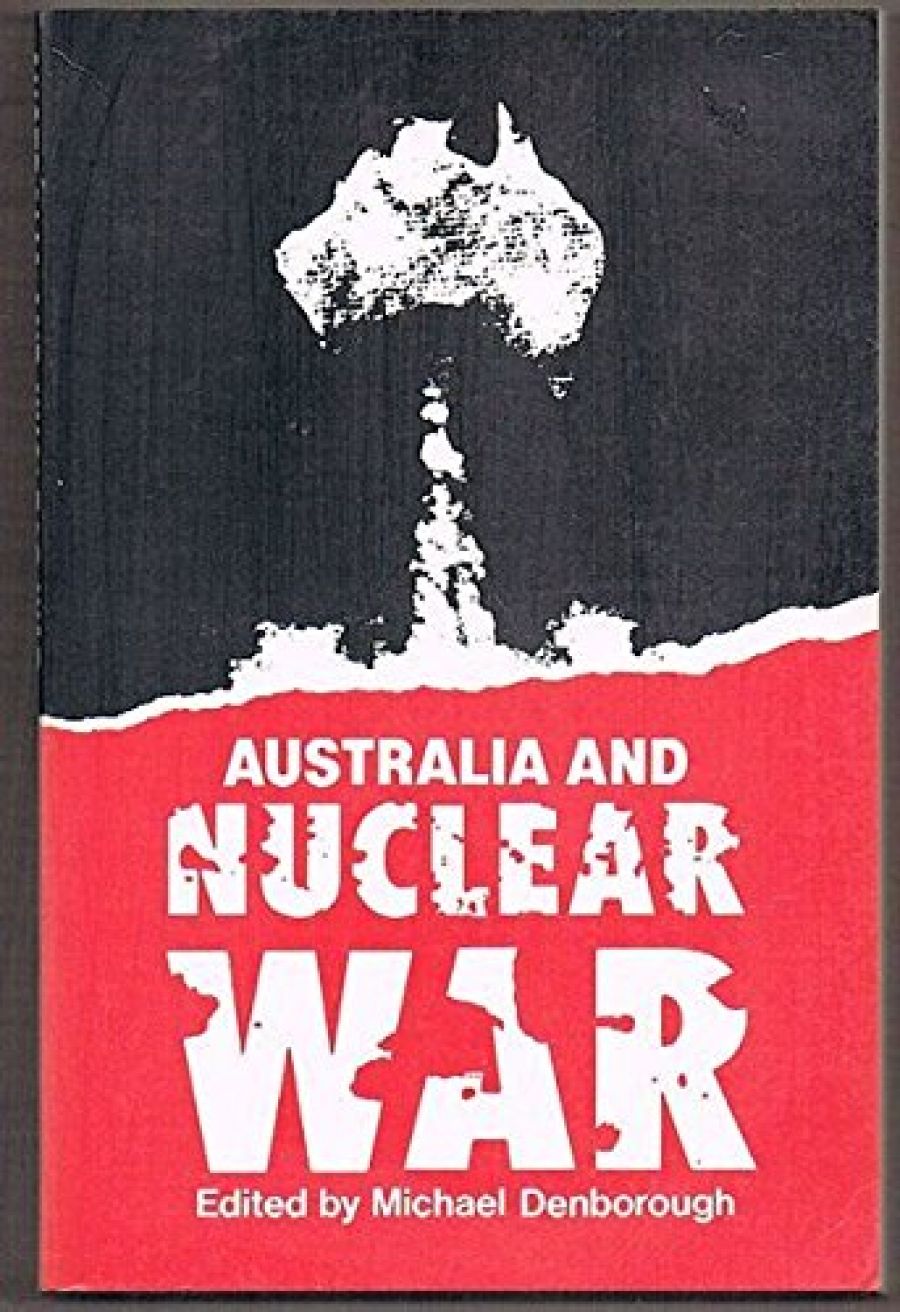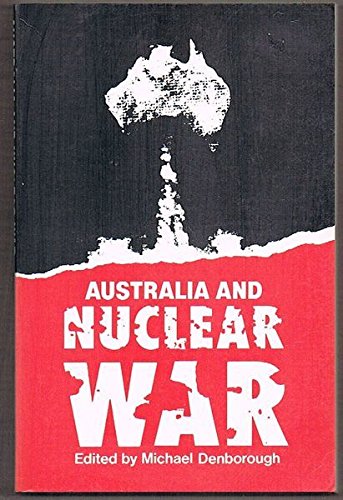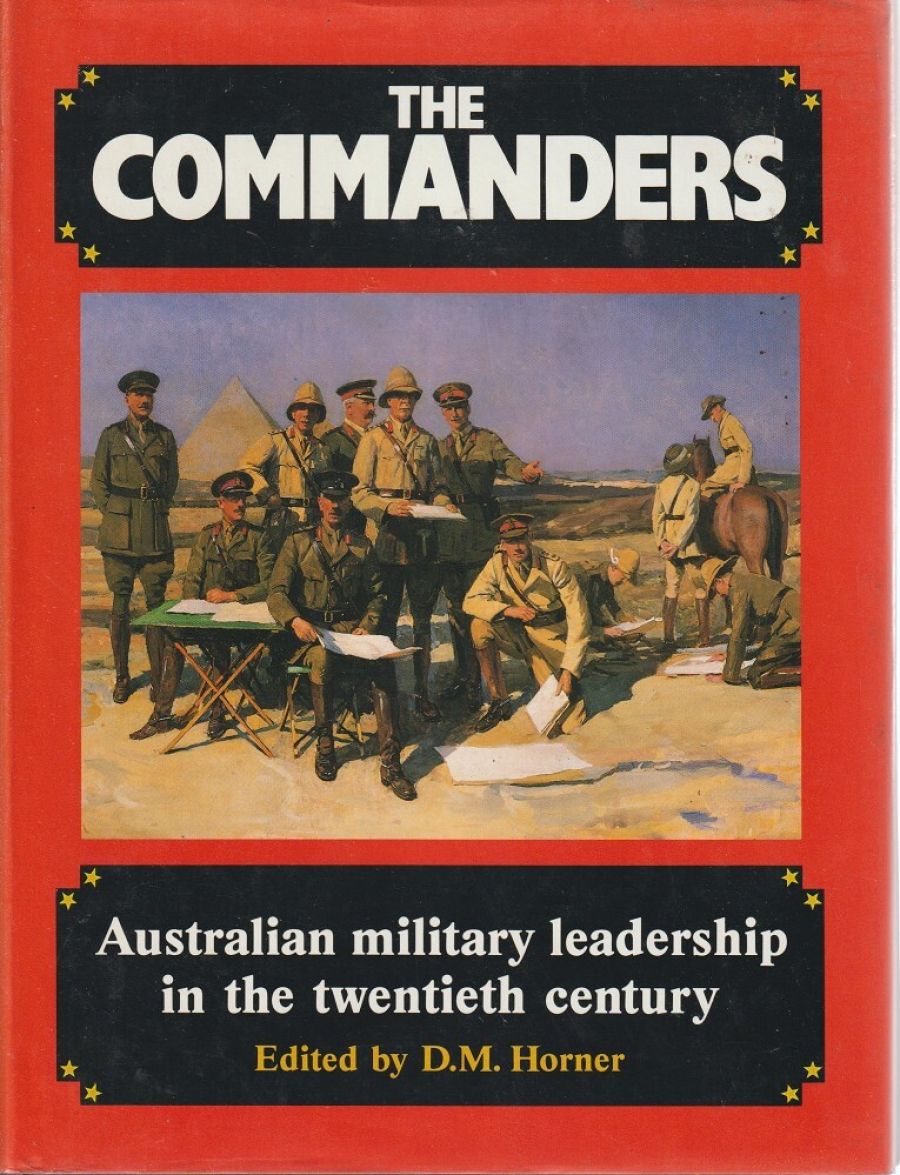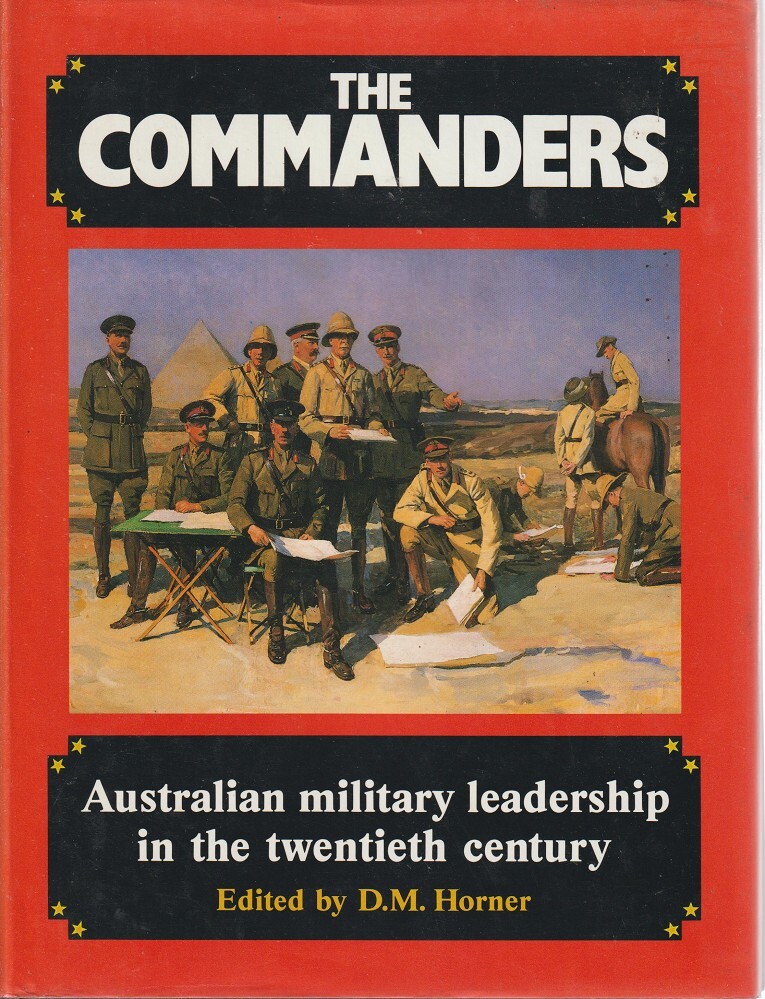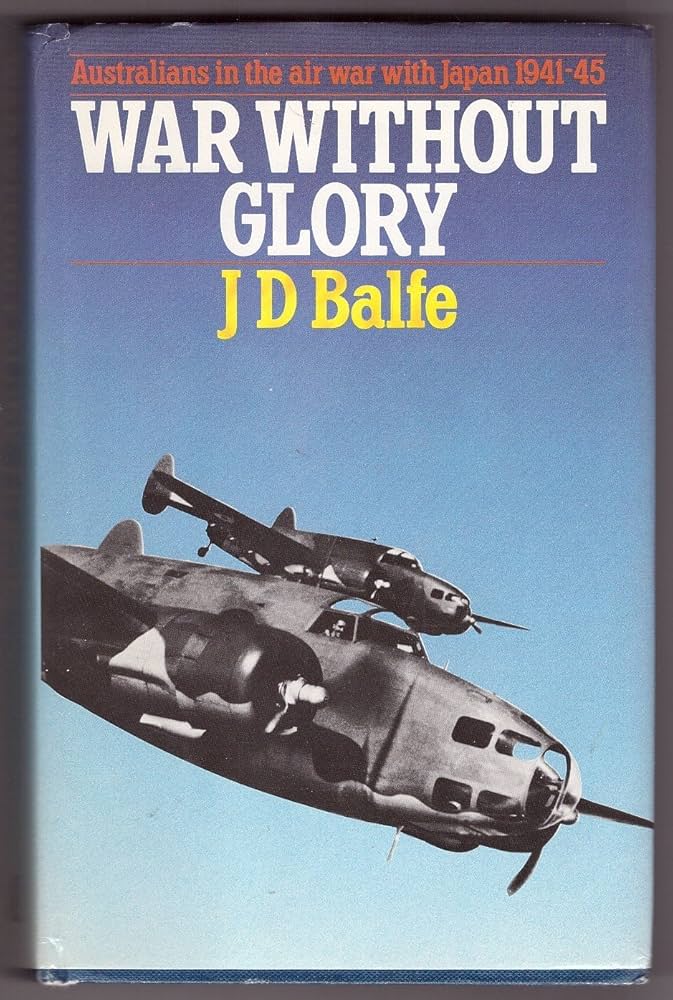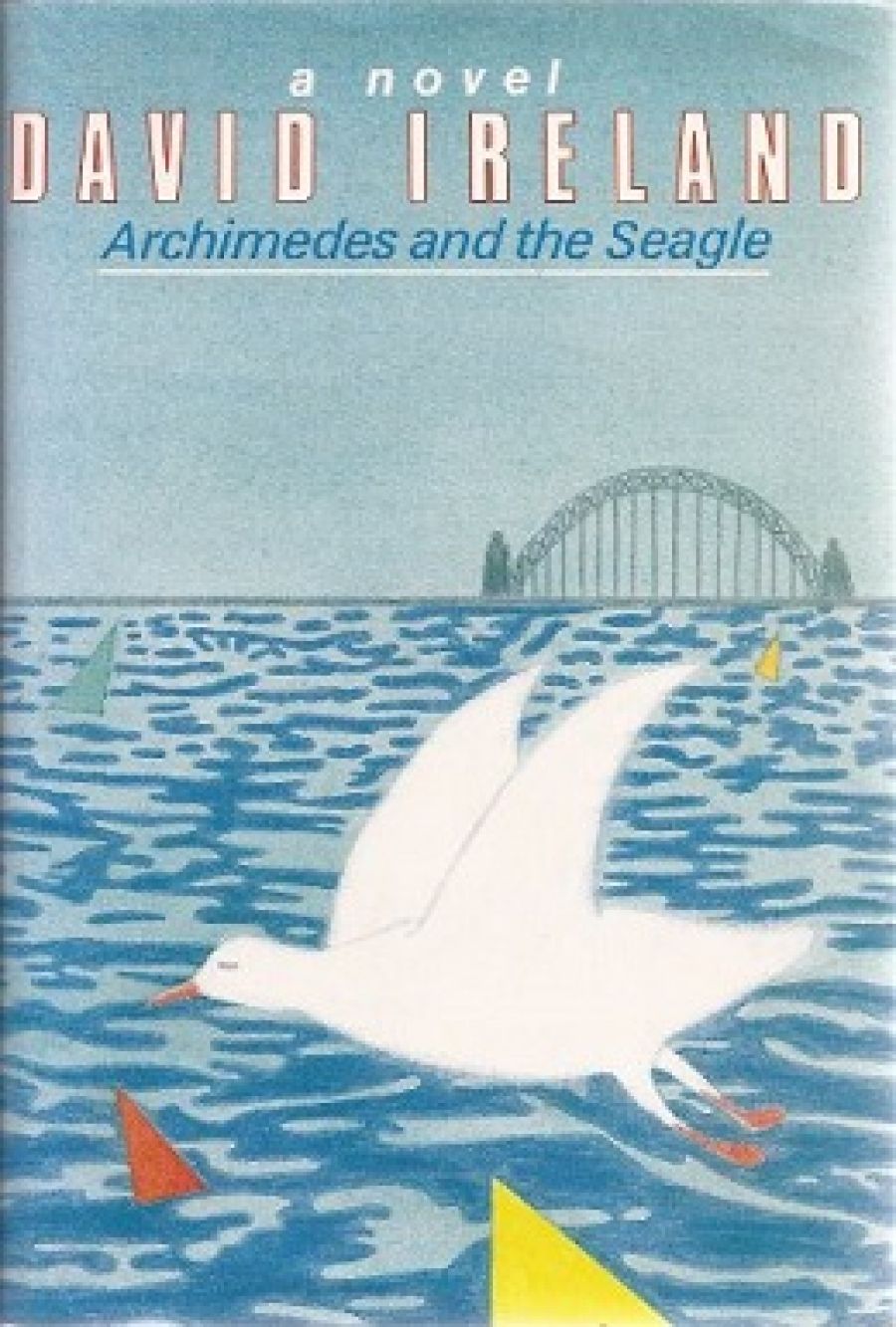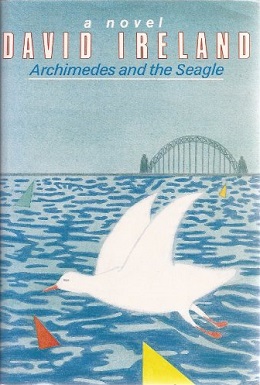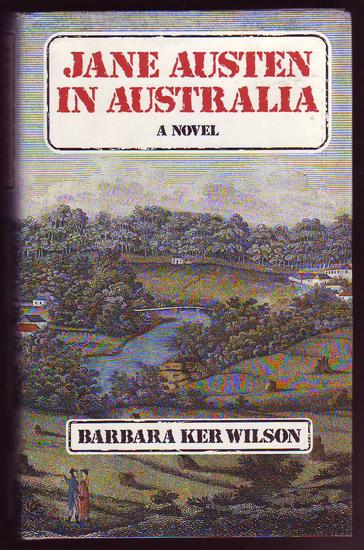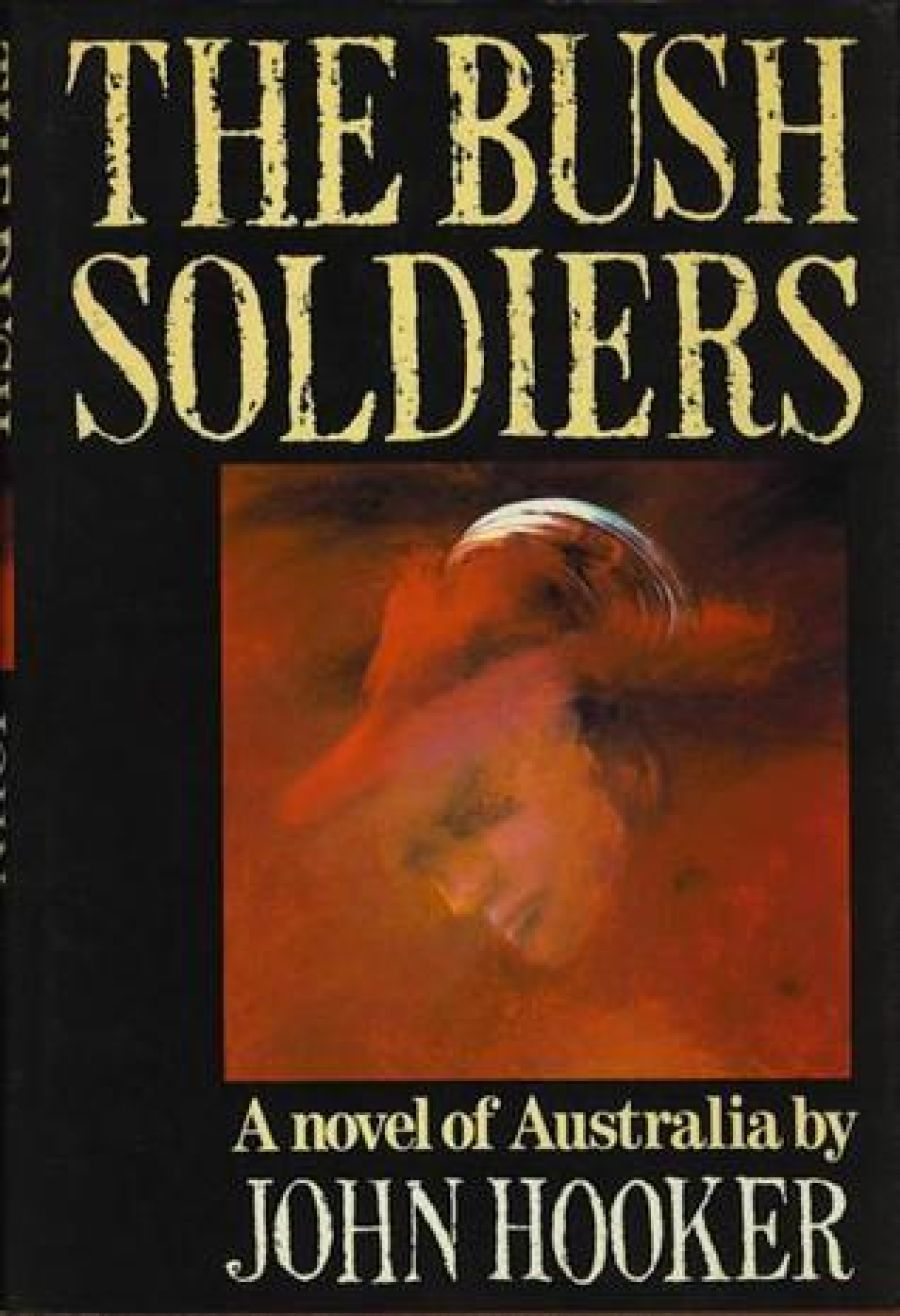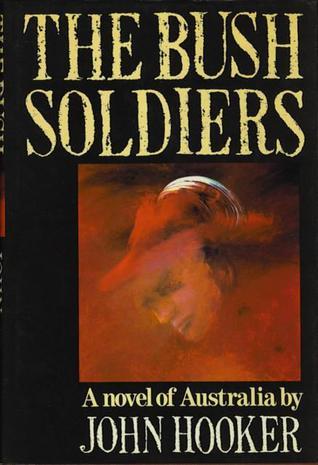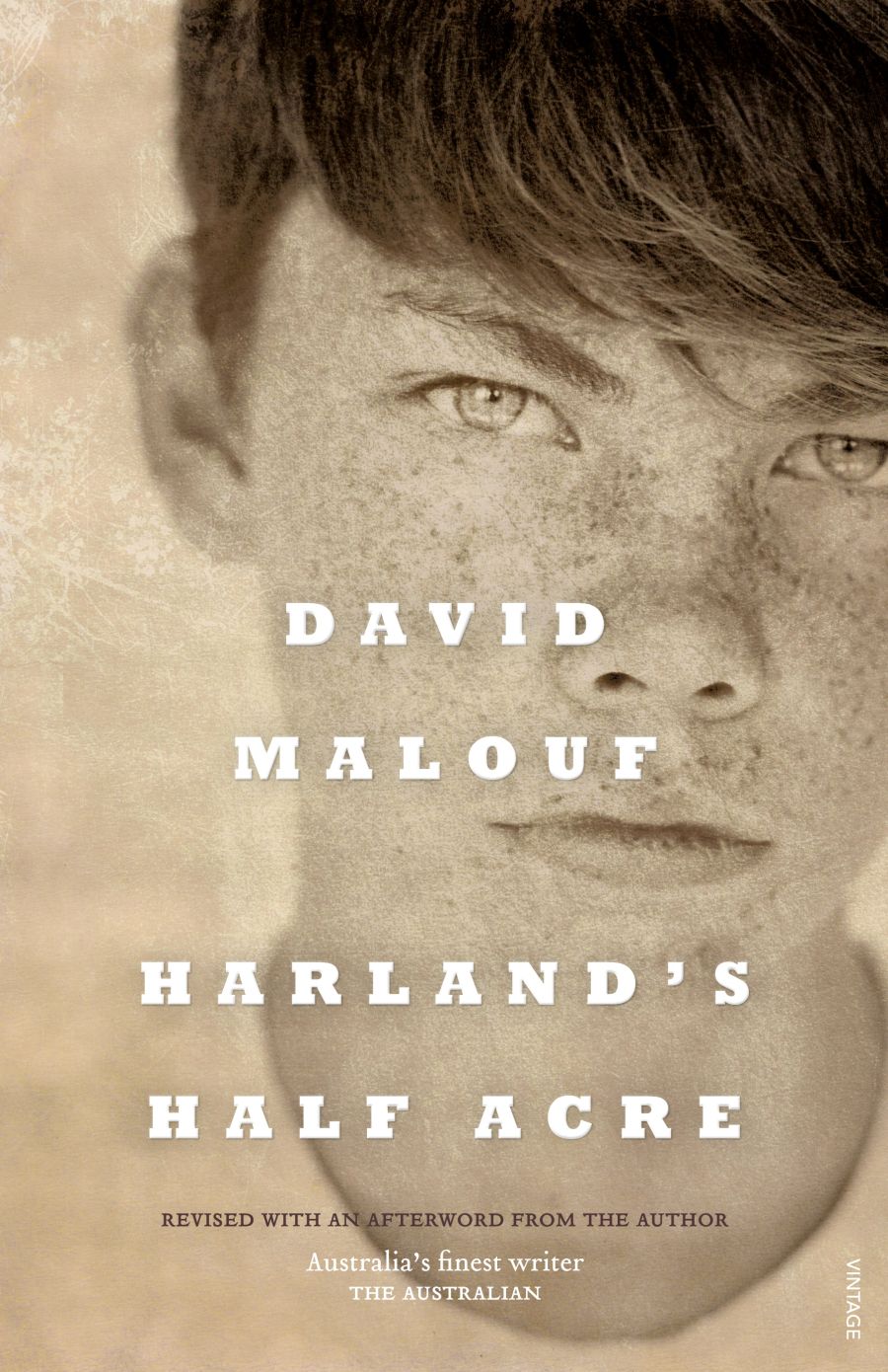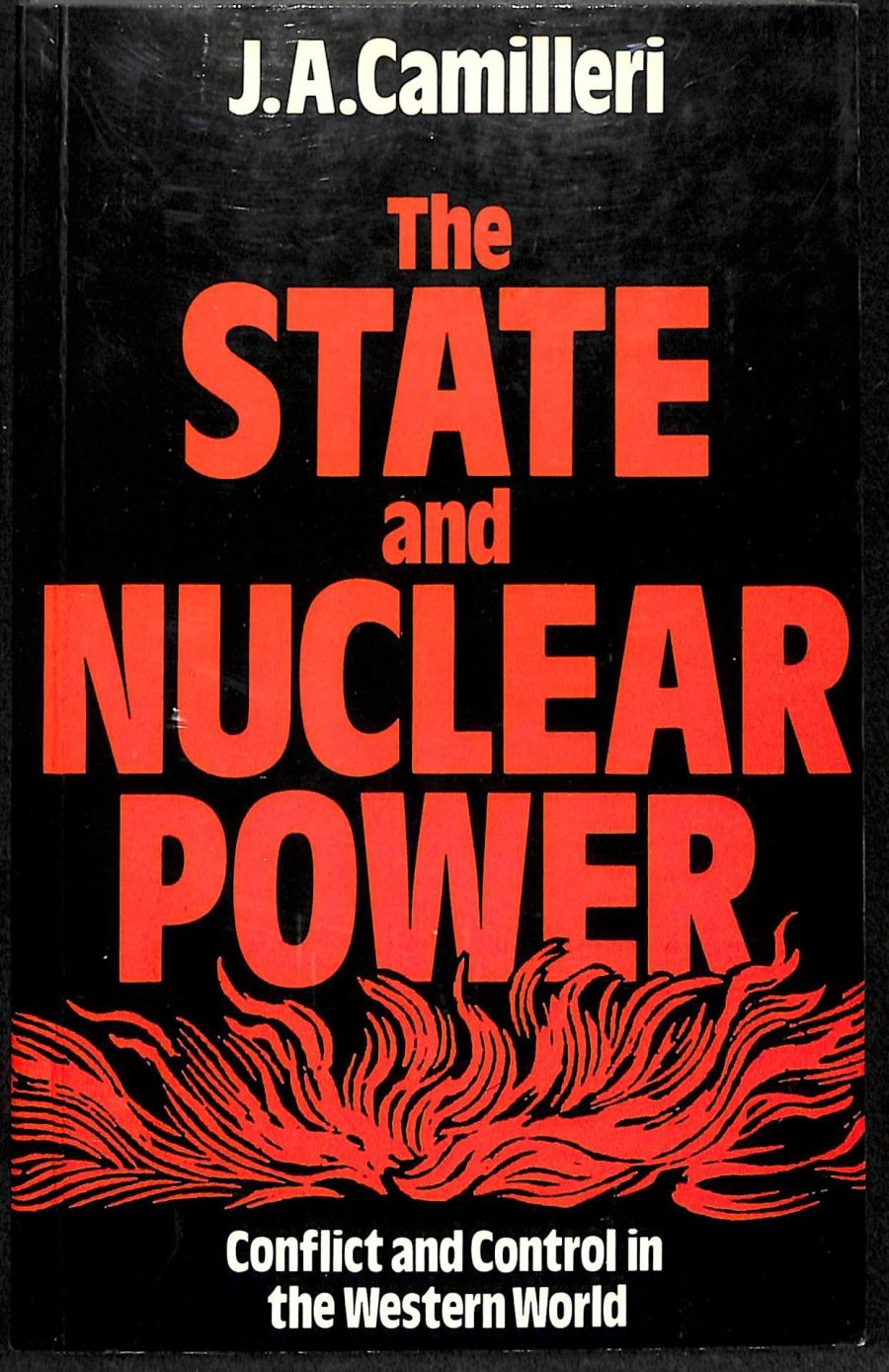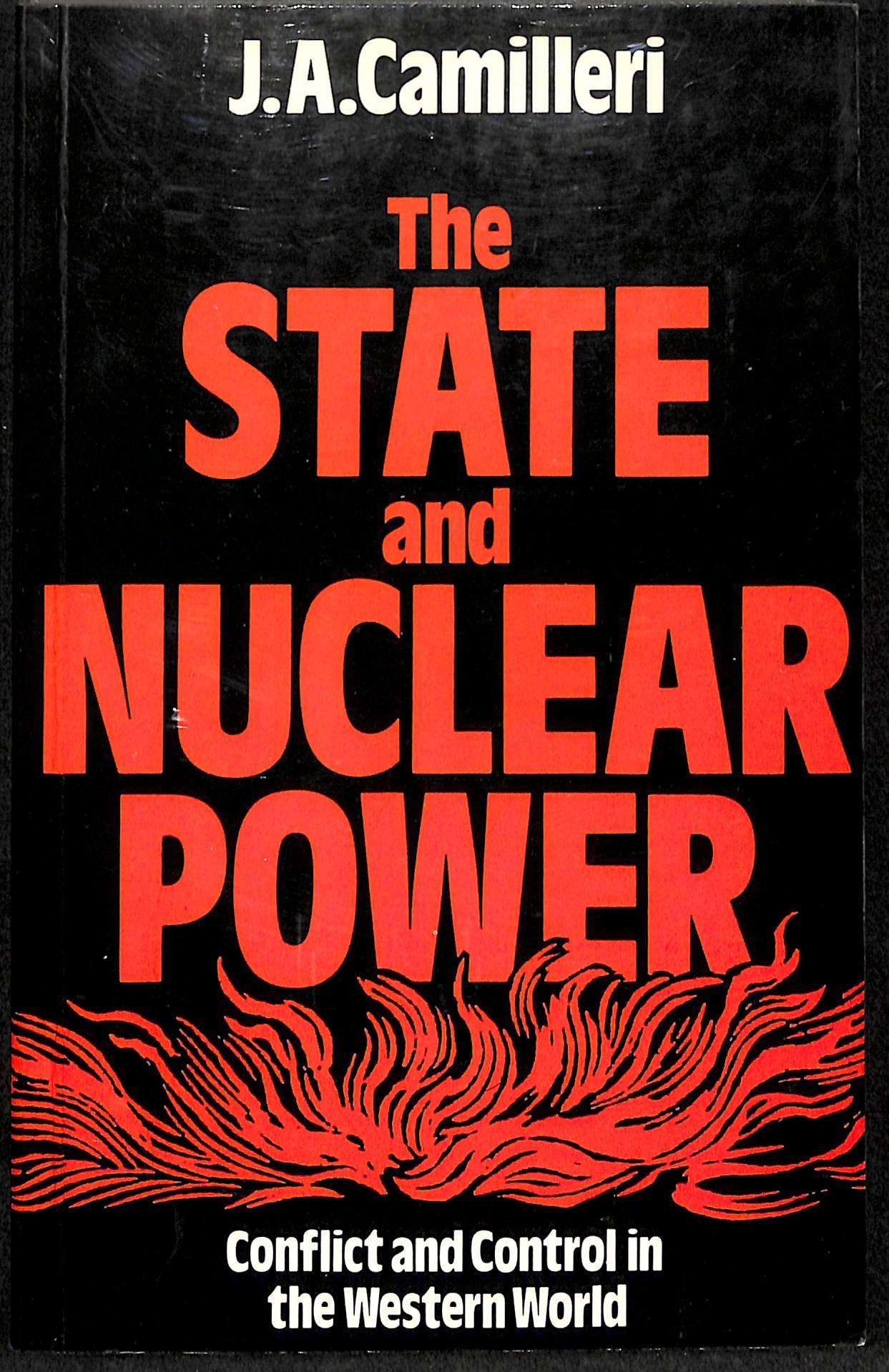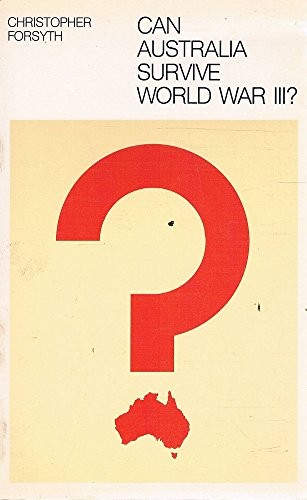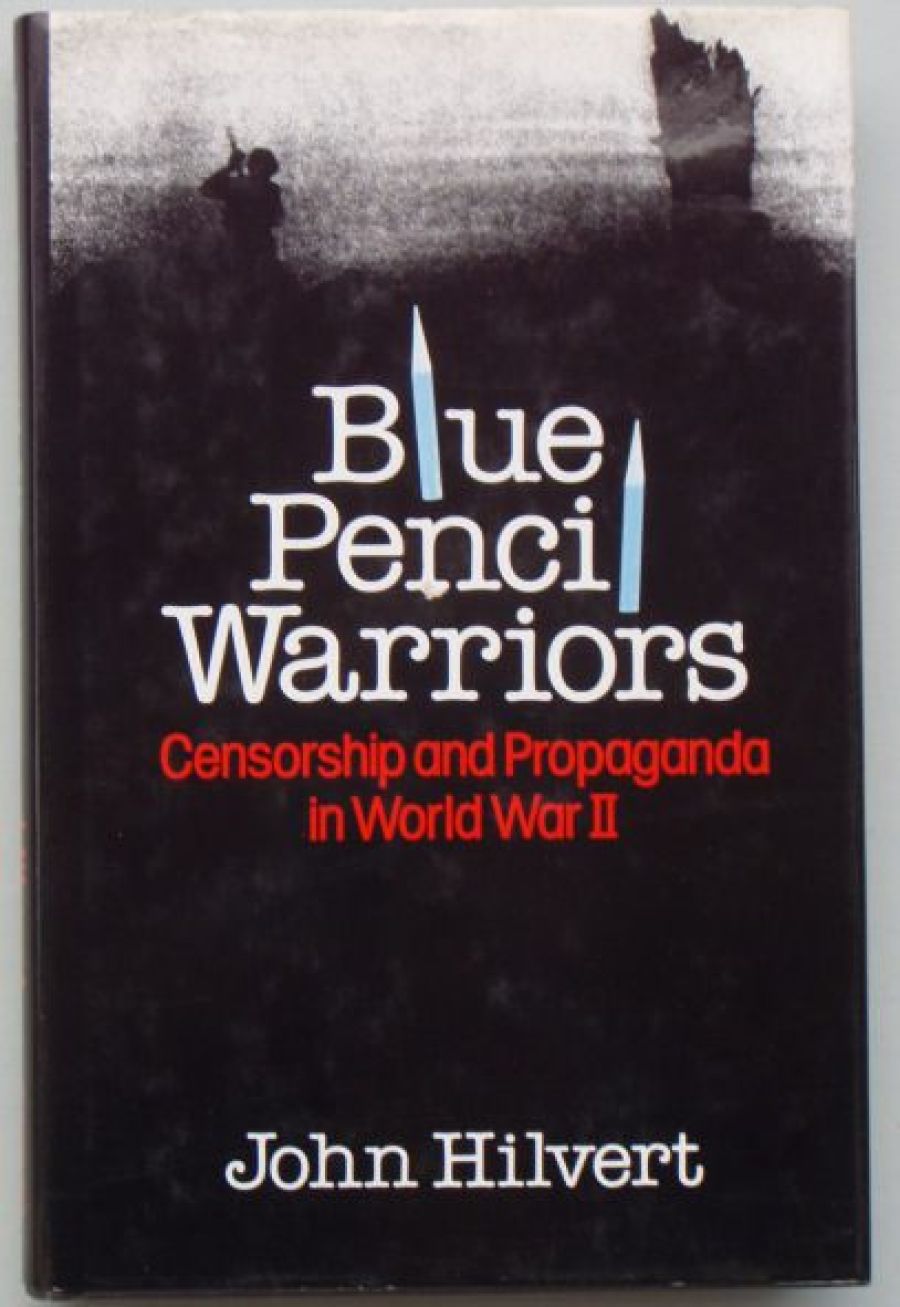Apart from the theme of growth and adolescence (with which it merges) perhaps the most common preoccupation of Australian novelists is the progress of a young man (usually) or woman towards artistic achievement and fulfilment. Frequently the field of art is pictorial. Patrick White’s The Vivisector, Thea Astley’s The Acolyte, Tony Morphett’s Thorskeld and Barbara Hanrahan’s The Scent of Eucalyptus and Kewpie Doll, to name only those, all deal in some form or other with a painter of either actual or potential genius. It is, of course, one of the classic themes of twentieth-century fiction everywhere but its pervasiveness among our writers suggests a self-conscious need to articulate the Australian experience and identity. Who better than the great artist to do it?
In Malouf’s case this preoccupation is quite overt. His novels have become more and more consciously intent on expounding myths – archetypal myths of exile, or of imagination as a source of release and transcendence of reality, and in this novel of art as a means of repossessing one’s land and identity, the central theme of Harland’s Half Acre. The novel consciously enunciates the myth quite early on as the young and artistically precocious Frank Harland conceives his great scheme of winning back the land his feckless Irish forebears had lost repossessing it by means of his artistic genius:
The pattern involved a plan. It was quite simply, to win all this back some day and restore it, acre by acre, to its true possessors That was the gift he was preparing. It was for them. For his father and brothers.
It was, he knew, a large ambition, which is why he hoarded it up till all was done. He might easily look foolish if it were known. But he was not foolish. The power he had as he more and more felt it practical thing. His pictures were a reminder and inventory. They were also a first act of repossession, which made them charms of a sort and their creating an act of magic. The idea scared him a little but he was stubborn. He had chosen a course and would stick to it. For life – if that is what it came to.
Finally, Harland is successful. The half acre of the title refers to the legacy of the paintings he leaves behind him, all too neatly displayed in the ‘retrospective’ with which the novel closes, rather than to land.
As he did with the eponymous Johnno and the narrator Dante in his first novel, Malouf divides the novel between two characters. In this intricately structured narrative, two of the first four sections are devoted to the early years of the painter Harland and two to Phil Vernon, who becomes a lawyer and is sucked in to looking after Harland and his affairs in his later years. One section of only four pages is entitled ‘Harland’s Half Acre’ and is a daring attempt to recreate the actual process of developing and translating into art the vision Frank Harland possesses or that possesses him. What he says in his paintings is incommunicable in any other way and in a private meditation he apologises to his family:
Forgive me, I have not explained things well, not the way I would’ve wanted. The words in my head won’t do it, only the paintings could tell the whole of it and they are in a language you don’t read. What I leave you, my dear brothers – and you too father if you survive me – is only the smallest part of what I wanted to give you out of the great love I had for you, out of the –
In the final section, ‘The Island’, Harland retreats to a hermit-like existence reminiscent in some respects to the closing phases of Ian Fairweather’s life, and devotes himself solely to painting. The sections dealing with Harland’s life from before World War One up to the present (there are mentions of such events as the Poseidon scandal to keep us subtly formed) are intercut with the first person narratives of Phil Vernon who, like Dante, is a passive observer and recorder of the life of a man much greater than himself. Reinforcing the dualistic structure of the novel are antithetic images – Irish against English, the creative as against the artistically barren, feminine against masculine, warmth against cold.
And behind the preoccupation with art and the special kind of inarticulate kind of wisdom that belongs only to the artist is the myth of the land itself. Through a memorable character named Knack, whose genius is for music, Malouf tries to suggest that Europeans have some special access to experience that most Australians haven’t. Knack looks at Harland’s paintings and the following exchange takes place:
‘I like this country you have painted, Frank. This bit of it. It is splendid. A place, I think, for whole men and women, or so I see it – for the full man, even if there are no inhabitants as yet. Perhaps it is there I should have migrated.’
He gave a dark chuckle. It was one of his jests.
‘You think so?’
Knack looked.
‘No, Frank, I don’t think it is. Not yet, anyway. It has not been discovered, this place. The people for it have not yet come into existence, I think, or seen they could to there – that there is space and light enough – in themselves. And darkness. Only you have been there and you are the first.’
The section ends tragically with the mysterious shooting of his lover and himself by Knack, but the deaths are somehow connected with the emergence of Frank as an artist, as the tragic events of the novel almost always are. Looking at the blood splattered over one of his canvasses, Harland thinks:
The whole room shook which changes. His picture for instance – the one thing that was near enough to his own experience to offer him access. Changed! Extraordinary. Such reds! What painter would have dared? He was frighteningly dazzled by the possibilities, as if, without his knowing it, his own hand had broken through to something that was searingly alive, savage, triumphant, and stood witness at last to all terror and beauty.
Art and a sense of identity with the land are strangely, closely linked in Malouf’s imagination – all the more strangely for this largely expatriate writer – and the loving recreation yet again of the Queensland of his boyhood is Malouf’s own act of repossession, his own ‘half acre’.
